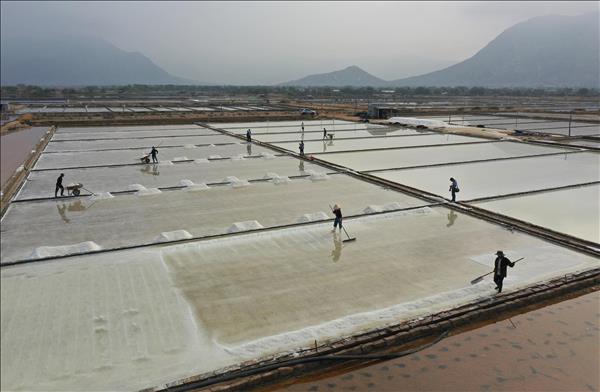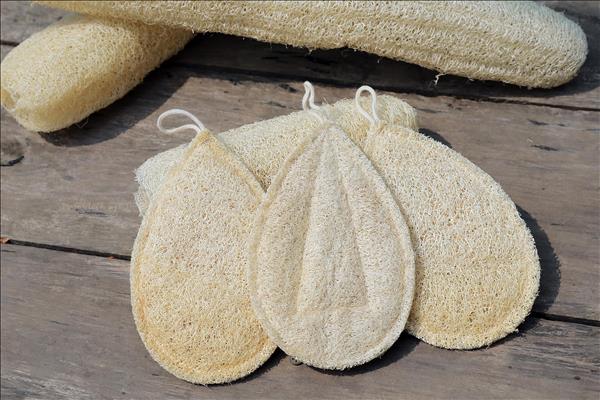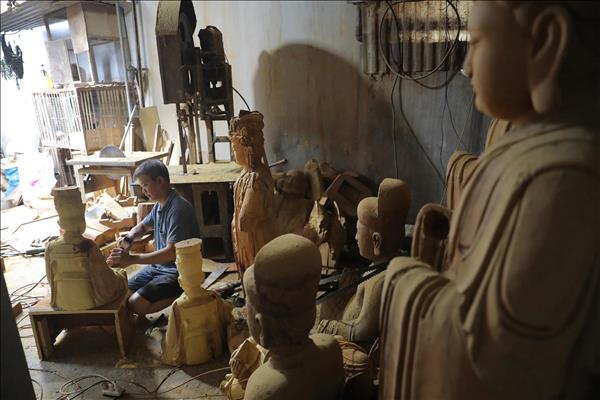|

Present-day Pho Hien.

The Mother Temple,
one ofnbsp; the tourist sites
in Pho Hien.nbsp;.

An old trait of Pho Hien.

Along Pho Hien Ha
Street there remains
many ancient relics.nbsp;

During the longan
harvest

The longan farm of
Tran Van Anh.

Happy for a bumpernbsp;
longan harvest.nbsp;

A bustling longan
market in Pho Hien.nbsp;

Processing longan for export.nbsp;

Pho Hien longan is purchased by people nationwide. nbsp;nbsp;
|
In the past, Pho Hien, a commercial gate to Thang Long Capital was a very busy area with many merchant ships coming and going. Today it is a part of Hung Yen Town with no trace of a busy port but the locals' life has experienced a lot of changes.nbsp;
Pho Hien, a trading portnbsp;nbsp;nbsp;nbsp;
Located next to Hung Yen Town in Hung Yen Province, Pho Hien of the past was well known by many people from different countries. Established in the 8th century together with the formation of the river port, it became a busy trading port with many ships passing through. Over time Chinese, Japanese, Dutch and British merchants arrived here to live and do business. They established streets and roads of foreigners and club-houses, such as Dong Do and Quang Hoi, which specialized in the practice of diagnosis and treatment of ailments with medicine. The Japanese formed their streets, namely Bac Hoa and Nam Hoa in Pho Hien. The old-day saying "The Capital ranks first, Pho Hien ranks second" affirmed the important position of this area in history. However after two centuries of its establishment Pho Hien was moved more than two kilometers inland because the current of the Red River had changed and built up more alluvium in this area. As a result Pho Hien changed from being one of the most bustling trading centres in the North of Vietnam to a small town with old and nostalgic traits.
Although Pho Hien is not as crowded and busy as before, it retains an old architectural complex with nearly 60 historical and cultural relics. Notably worthy are the Hien Communal House, Mother Temple, Hien Pagoda and club houses. In its centre still remains a semicircle lake and a rural market.
Coming to Pho Hien, visitors can take a stroll along small roads, enjoying the ancient beauty of the tile-roofed houses on both sides as well as the harmony between the Asian and European architectures.
In recent years quite a few plans to restore Pho Hien for tourism purposes have been worked out. Under these plans 20 merchant guilds from the past will be re-established with shops and historical and cultural relics including communal houses, pagodas, temples and shrines restored, to revive the prosperity of the old-day Pho Hien commercial port. The locals are aware that these significant plans aimed to remind their descendants of their cultural home village.
An area known for the delicious longannbsp;
Pho Hien locals are proud not only of their old prosperous days, but also of the famous fruit, longan. This is a precious strain, so the locals always use a small bamboo-woven basket to protect the fruit from the birds, right from when the fruit sprouts out. Legend has it that the oldest longan tree in the yard of Hien Pagoda has existed since the 16th century. Now it retains only one luxuriant branch with great vitality, which brings prosperity to the locals. In the past Pho Hien longan was reserved as tribute to the king and very few people could afford to taste it. Now longan trees are available in all 12 communes and wards in Pho Hien, Hung Yen Town. They are grown everywhere, along the streets, in the yards of schools and government offices and in the gardens of most households.
Nguyen Manh Cuong, Chairman of Hong Chau Ward People's Committee said: "Pho Hien's famous longan is still top-ranking due to its specific quality: big fruit, thin peel, thick pulp, small pit, sweetness and fragrance. Knowing its value, the locals have expanded the longan cultivation areas. In Hong Chau Ward alone, 65 ha out of its 248 ha of land is under the longan tree cultivation". To help us know more about the benefits of growing this fruit tree, Cuong led us to visit the family of old Tran Van Anh in Hong Chau Ward, who has years of experience in growing longan trees. Anh said happily: "Last year my family harvested 200 kg of sweet longan, a precious strain that only some families in Pho Hien can grow. Due to its high price I could cover the cost of repairing my house". This year, his 35 luxuriant longan trees, many of which are over 20 years old, with an annual output of nearly 100 kg per tree can earn him tens of millions of Vietnam dong.
Longan tree growing has become a traditional business with high economic value to Pho Hien locals. That is not only due to the strain's suitability with the local soil, but also to the fact that the locals know how to apply modern farming technology and follow a successful process of cultivating, tending, irrigating, fertilizing, preventing and controlling disease.
Apart from restoring Pho Hien, the local authorities plan to develop the trademark of their famous longan. According to an initial survey, Pho Hien longan has become a favourite product abroad due to its special flavour that no other strains have. Therefore, there should be an official trademark as well as a good preservation method to ensure the quality of the exported products.
The restoration of Pho Hien with the aim of turning it into an attractive tourist site imbued with a harmony between the tradition and modernity, and the development of the local special fruit will bring a better life for the locals.
Story: Nguyen Tuan Long nbsp;nbsp;nbsp;-nbsp;nbsp; Photos: Ngo Du
nbsp;
|




